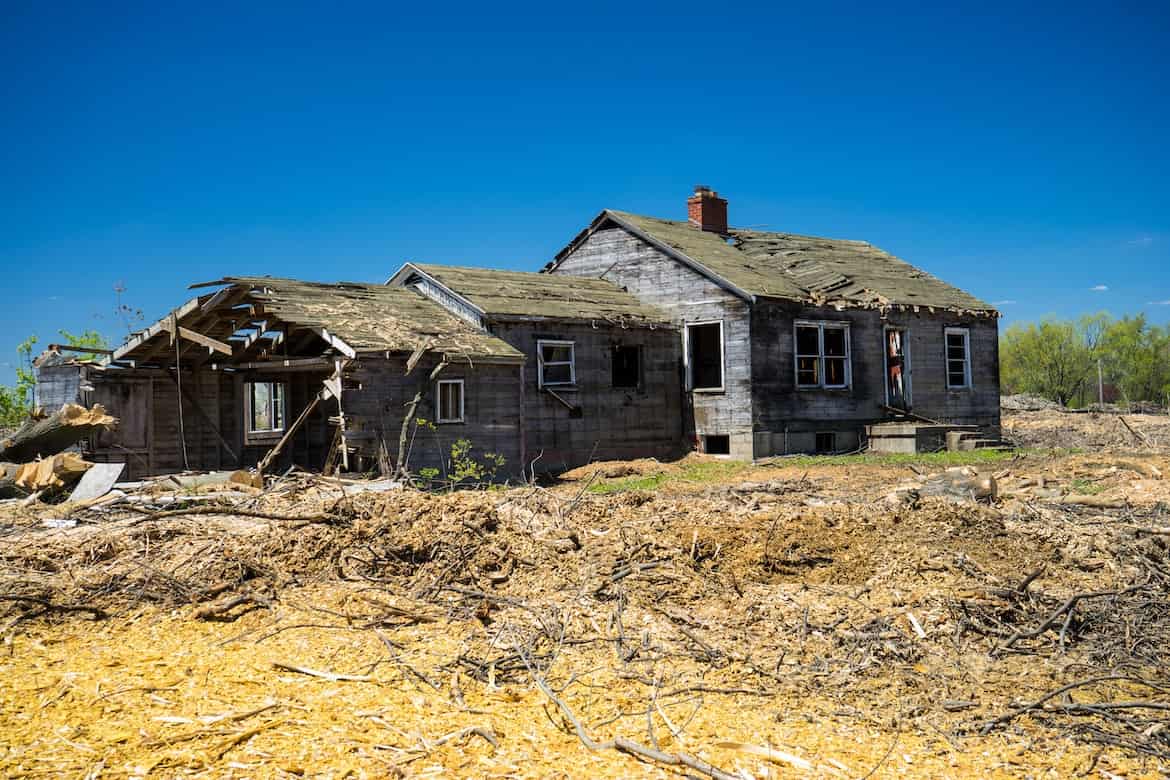A recent study conducted by the Asbestos Safety and Eradication Agency has shed alarming light on the pervasiveness of asbestos in UK homes. According to the research, an estimated 1.5 million homes in the United Kingdom still contain asbestos, a potent carcinogen known for causing severe lung diseases.


The widespread use of asbestos as a building material dates back to the early 20th century. Praised for its fire-resistant and insulating properties, it became a popular choice in home construction until the late 20th century. Despite the ban on asbestos use in the UK in 1999, many buildings built before this period continue to harbour the hazardous material.
Asbestos poses significant health risks, primarily when its microscopic fibres become airborne. When inhaled, these tiny fibres can lodge in the lungs, leading to severe and often fatal health conditions over time. The primary diseases associated with these fibres are asbestosis, lung cancer, and mesothelioma.
Asbestosis is a chronic lung condition caused by the inhalation of asbestos fibres. Over time, these fibres cause scarring in the lung tissue, making it difficult to breathe and leading to a host of other health complications. Symptoms can take many years, even decades, to appear after exposure.
Lung cancer is another potential outcome of asbestos exposure. Asbestos fibres, once lodged in the lung tissue, can cause genetic changes in the cells, leading to cancer. Lung cancer resulting from asbestos exposure is often aggressive and hard to treat.
The UK government, cognisant of the associated health risks, has implemented strict regulations regarding asbestos handling and removal. Asbestos can be safely managed if it’s in good condition and left undisturbed. However, homeowners planning renovations or a soft strip demolition must undertake an asbestos survey to avoid inadvertent exposure.
In fact, the Control of Asbestos Regulations 2012 outlines clear responsibilities for homeowners, especially those intending to carry out construction work. Non-compliance can result in hefty penalties, emphasising the seriousness with which the government views this public health issue.
Despite these measures, the recent study’s findings underline the ongoing presence of asbestos in UK homes, highlighting the urgent need for increased public awareness and education. This need is especially pertinent given the current home renovation boom fuelled by nationwide lockdowns. DIY enthusiasts must be aware of the potential risks they could expose themselves and their families to.
The study also underscores the need for the government to re-examine its asbestos management strategies and consider further steps to eradicate the carcinogen from UK homes.
The recent findings of 1.5 million UK homes containing asbestos serve as a stark reminder of a lingering legacy issue. The report underscores the importance of being vigilant about the potential presence of asbestos, especially for those living in older homes or planning renovations. It’s crucial for homeowners, contractors, and the public health community to continue their collective efforts in managing this ongoing risk to safeguard public health.
This website uses cookies.